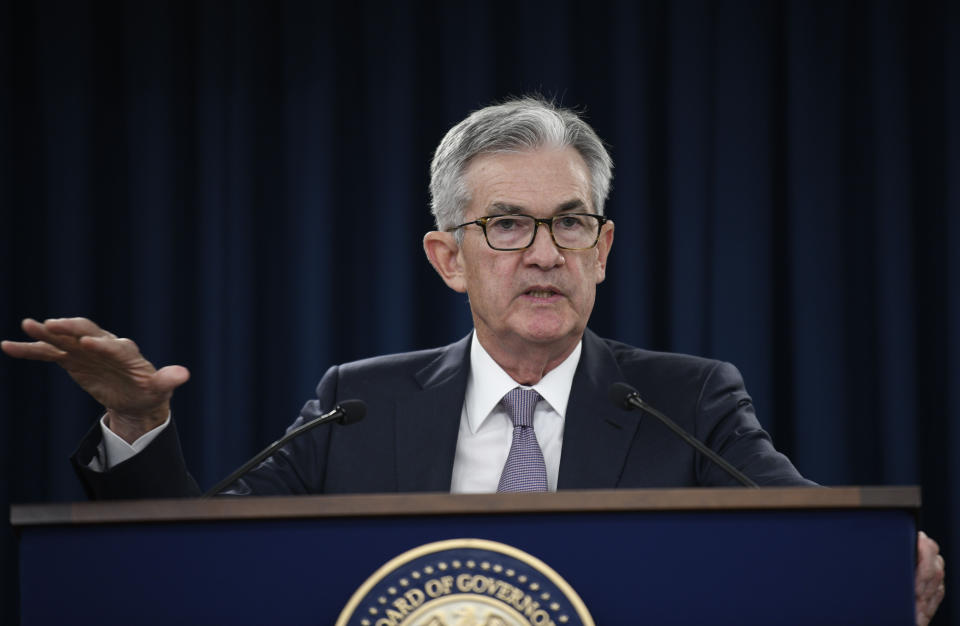Risk management principle is going to 'weigh more heavily on the Fed': analyst
As investors are waiting on the possibility of another rate cut, Ed Al-Hussainy, Columbia Threadneedle Investments senior interest rate and currency analyst, thinks that the Federal Reserve’s focus is going to shift from data dependence to forward guidance.
“The risk management principle is likely going to weigh more heavily on the Fed as the data that is in front of us right now becomes more hazy, the uncertainty increases significantly and waiting until the data tips over, particularly the labor market data tip over is too late,” Al-Hussainy said.
In the Department of Labor’s September jobs report, U.S. employers added fewer jobs than expected in September at 136,000 versus 145,000 expected, but the unemployment rate did drop to a 50-year-low of 3.5%. Meanwhile the average hourly wage increased by 2.9%. However, as uncertainty continues to increase amid ongoing market volatility and trade tensions, Al-Hussainy admits it’s sometimes difficult to gauge the direction of the Fed. He says we’ve “priced in a pretty aggressive Fed through the middle of next year, another 80 basis points or so in terms of easing... there isn’t a lot of confidence in the Fed’s ability to reflate the economy at the moment.”

Impact of interest rate cuts
Investors are also keeping a close eye on whether or not the rate cut actually makes a difference across the nation. Al-Hussainy believes “we are starting to see certain parts of the economy respond” like the housing sector. Meanwhile, he says interest-rate sensitive sectors in the U.S. economy are still reacting to the Fed tightening that happened over the course of the past three years and the “full impact of the easing” won’t be seen until next year, admittedly saying “it’s too early to tell.”
Boston Fed President Eric Rosengren also weighed in on the rate cuts in a recent interview with Yahoo Finance’s Brian Cheung. “We changed interest rates and those interest rates are national interest rates, we don’t charge a different interest rate in San Francisco than West Virginia, so in terms of the distributional elements, certain parts of the country are affected differently by higher interest rates, something like autos is not going to do nearly as well, so there are distributional effects of what we do, but our jobs really is to get it right for inflation and unemployment and we have to leave the fiscal policy to get the distributional part of the equation right,” Rosengren said.
Investors are pricing in a 73% chance of another rate cut at the next Fed meeting set to take place Oct. 29 to Oct. 30. The results of that meeting will be out Oct. 30 at 2 p.m. ET.
Brooke DiPalma is a producer for Yahoo Finance. Follow her on Twitter at @BrookeDiPalma.
READ MORE:
Cisco, Global Citizen announce multimillion-dollar partnership to help end poverty
WeWork will be the 'most ridiculous IPO of 2019,' analyst says
'Don’t expect' the Fed to cut more than 25 basis points: Wealth adviser
Read the latest financial and business news from Yahoo Finance.

